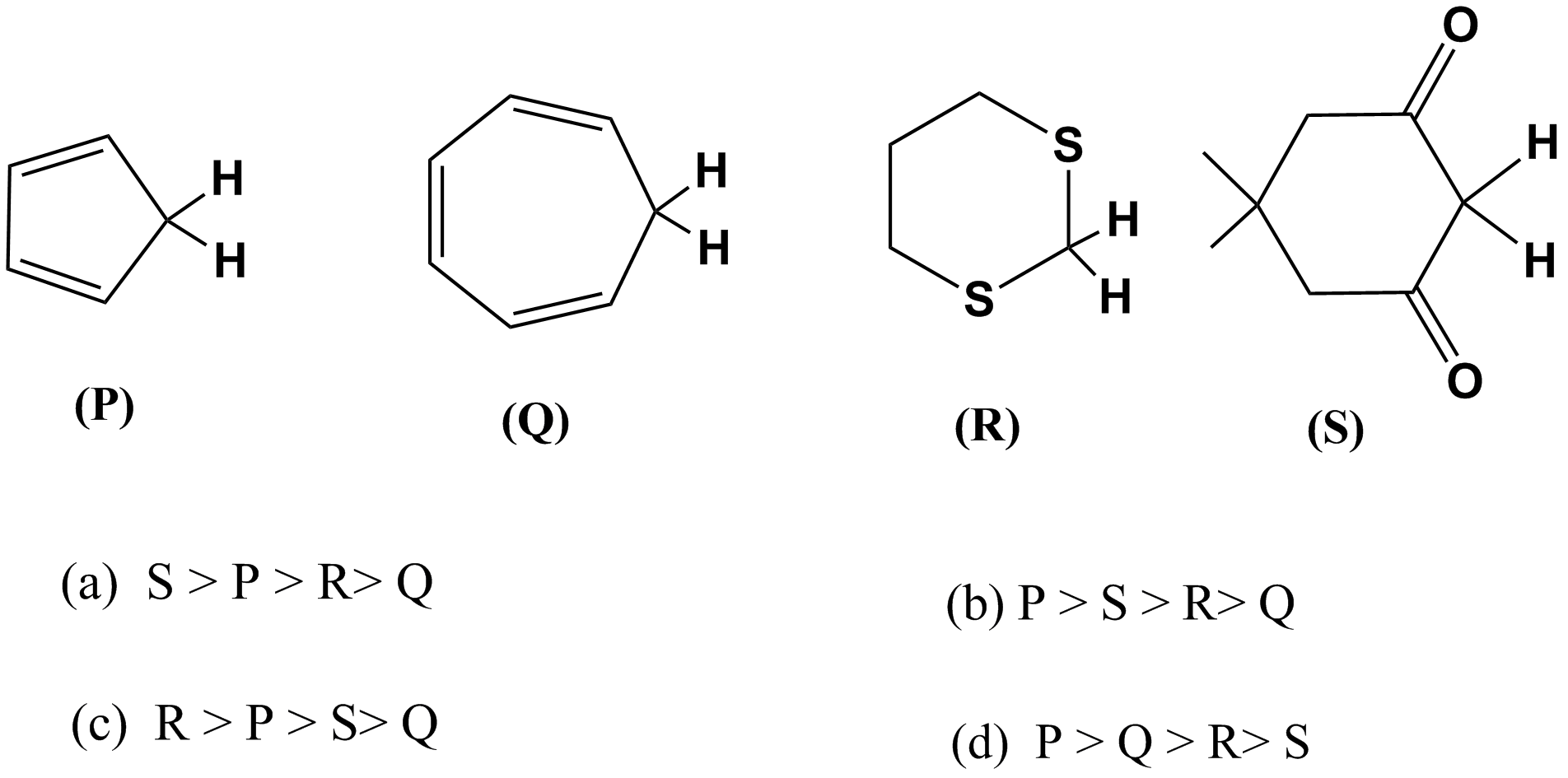The situation in S and P is very similar.
Essentially you have a negative charge $\alpha$ to two double bonds which will delocalize these charges.
In the case of cyclopentadiene, this will be stabilized because the anion is aromatic.
But still, there will be a charge which is supported by carbon atoms.
In the case of the 1,3-diketone, the charge will also be delocalized by two double bonds, but instead of an aromatic anion of five members, the charge will be supported by only three atoms.
However, two of them are oxygens which can hold a negative charge much better than a carbon.
The electronegativity of carbon is 2.55 while for oxygen it is 3.44.
Note that the electronegativity scale ranges from 0.7 for $\ce{Fr}$ to 4.0 for $\ce{F}$.
This ability of supporting negative charge is much bigger than the small contribution of aromaticity to the stabilization of a carbanion.

